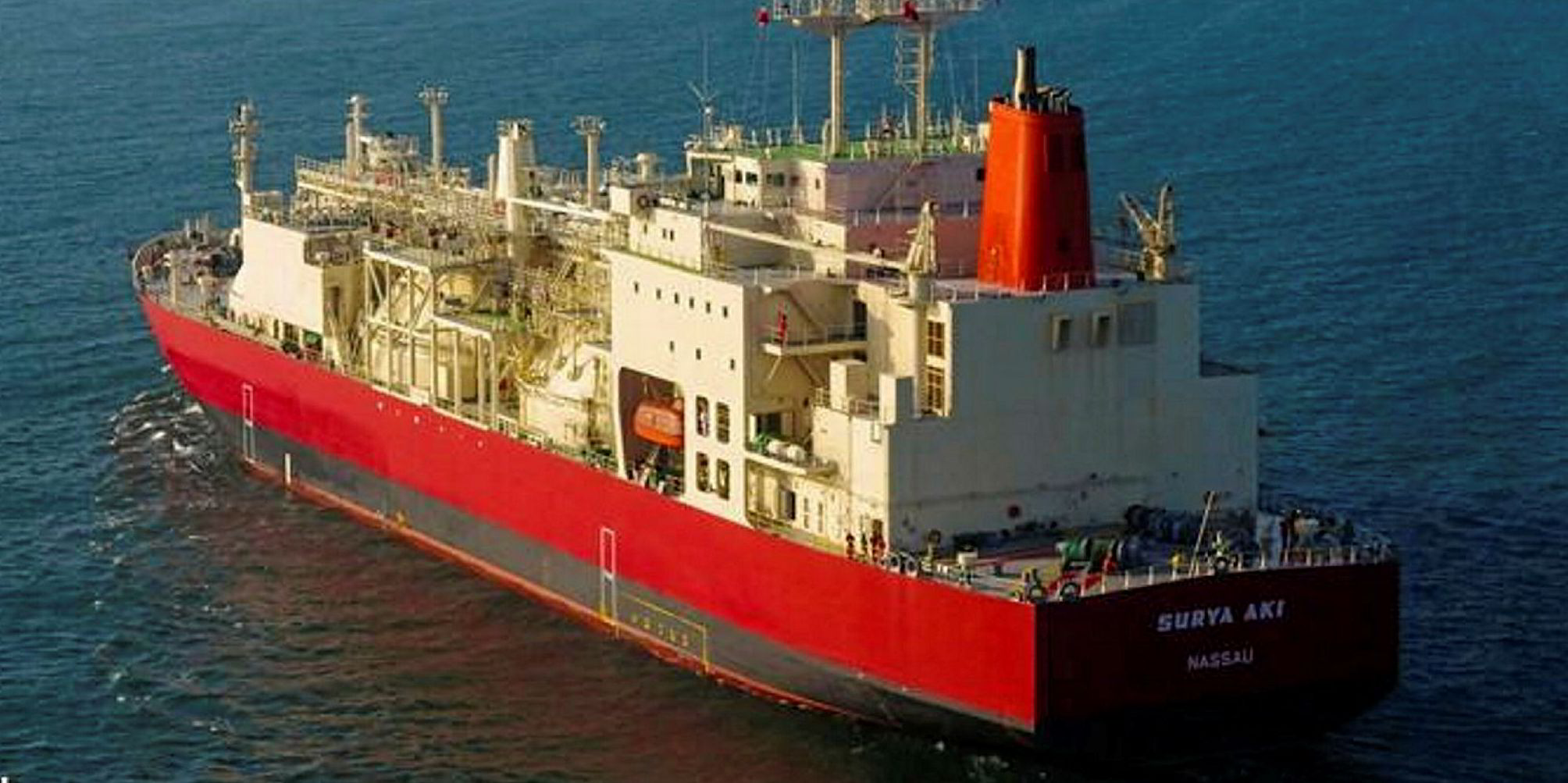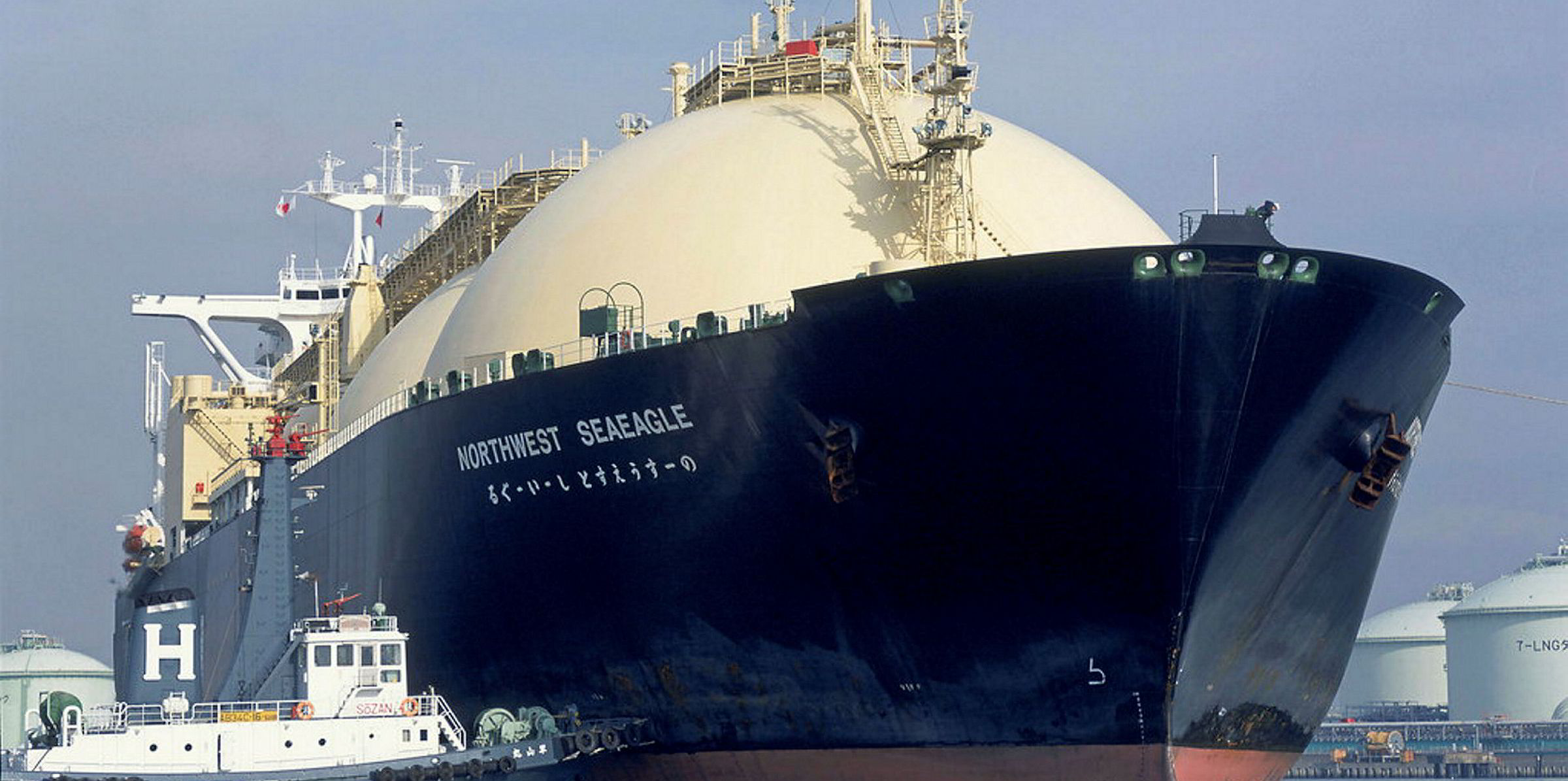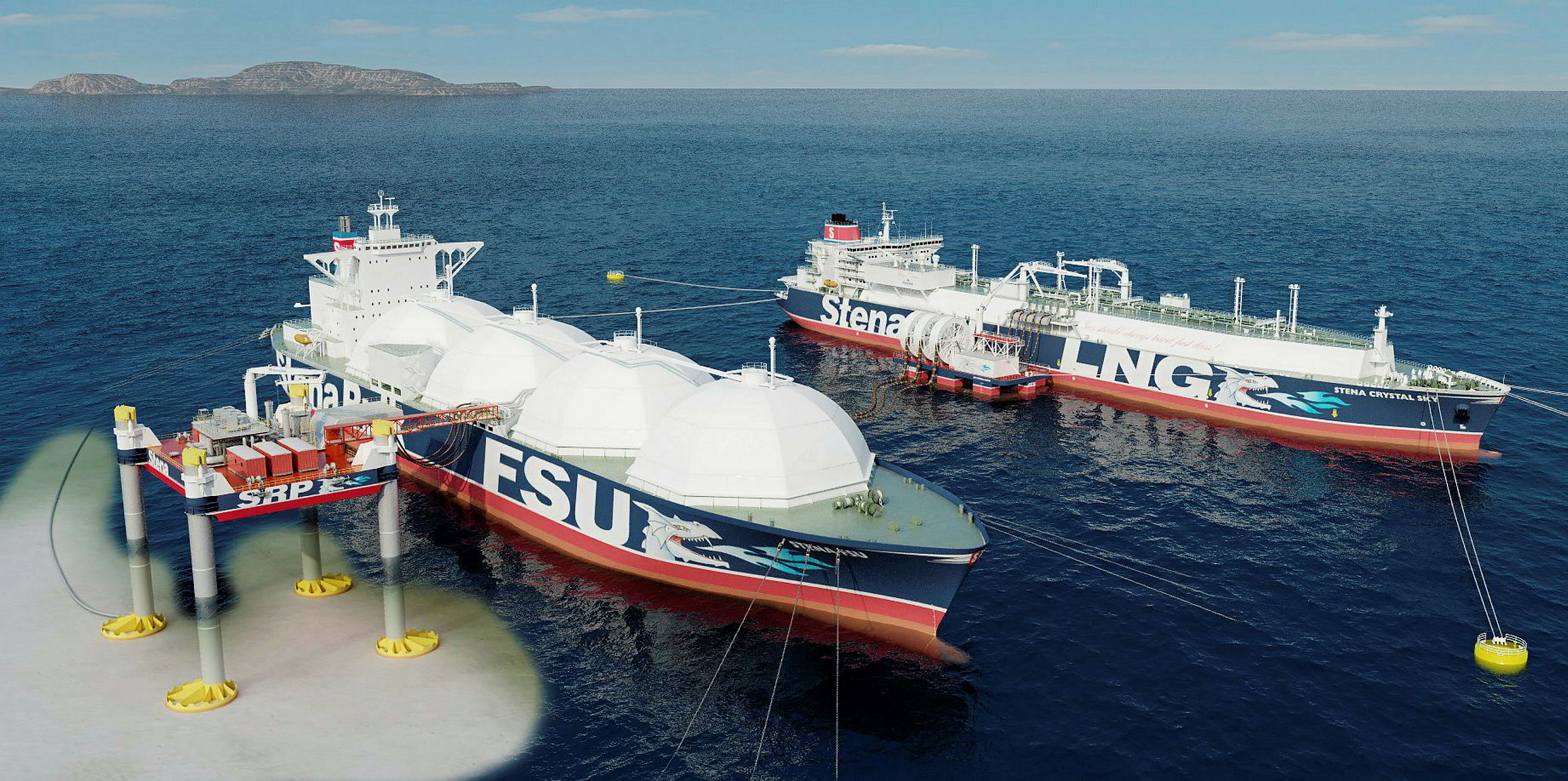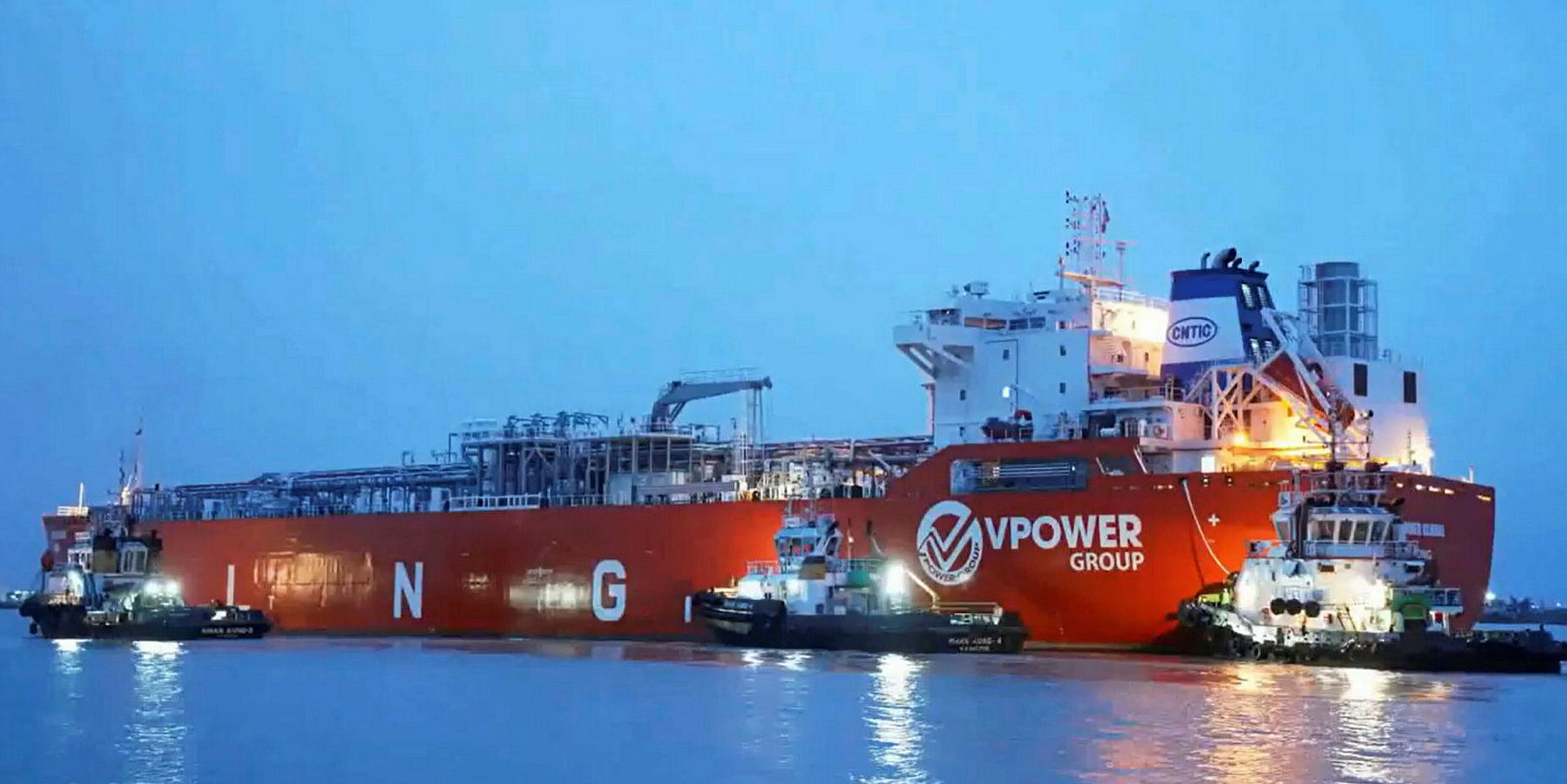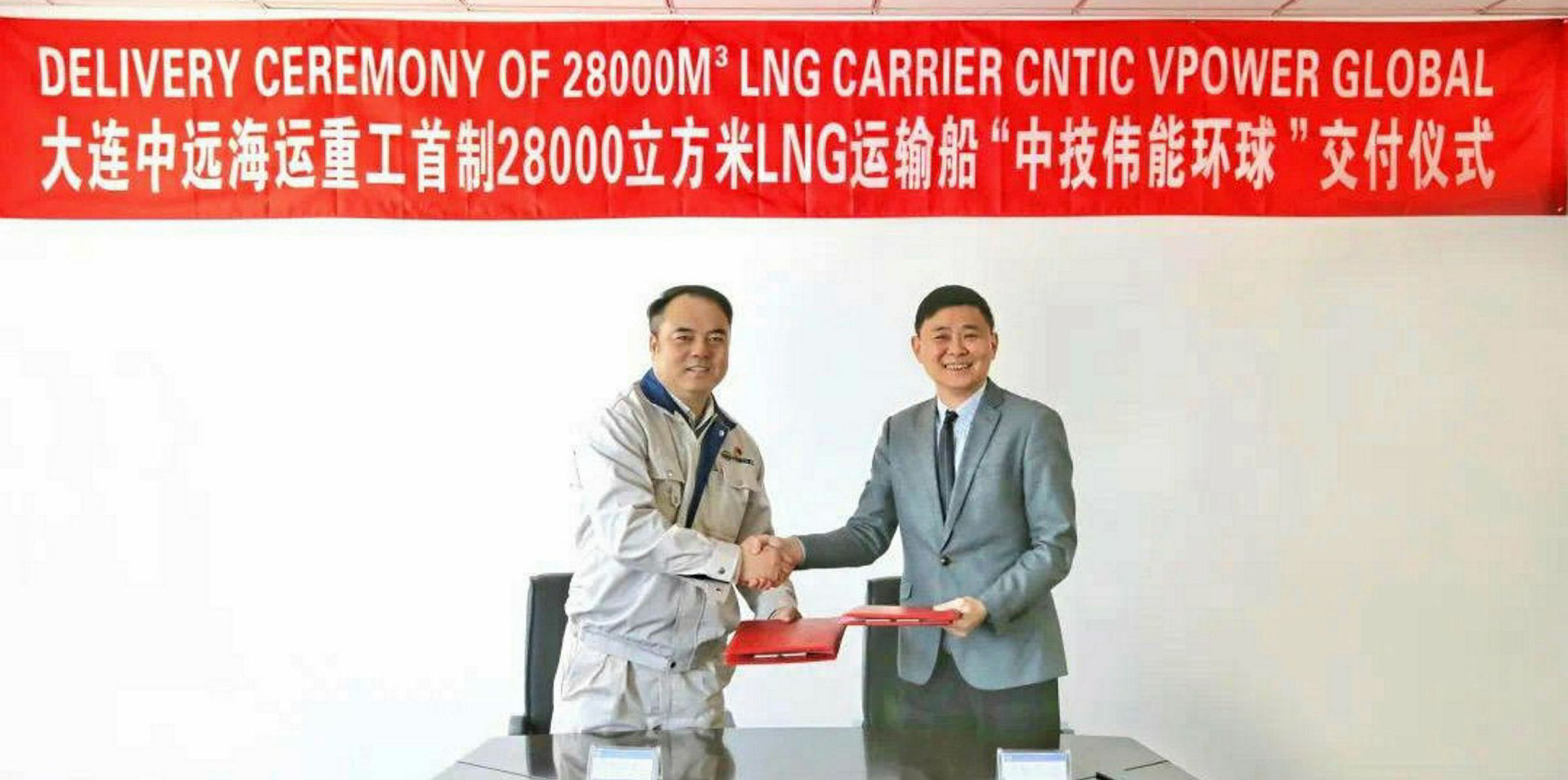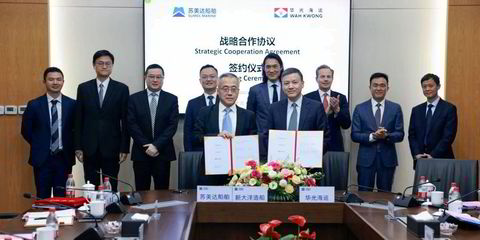He Yi Yong is on a mission — to remove the bottlenecks in selling LNG to small downstream customers.
The co-founder of Singapore start-up LNG Easy believes large onshore terminals are outdated. He said floating storage and regasification units are good innovations but are not cheap or fast enough to market for today’s world.
He also believes that too much focus has been put on pipeline gas distribution when for many countries the demand is for liquid distribution by truck.
“We need solutions that will work now and they should not be costing more than $20m,” He told TradeWinds.
SpaceX reduced the cost of rocket launches from $380m to $57m, he reflects, and referring to its founder added: “We need an Elon Musk for our business now.”
It is not all talk. LNG Easy has already translated some of its theories into a working project.
We need an Elon Musk for our business now.
He Yi Yong
The company designed and built the Eastern Orbit barge, or mobile filling platform (MFP), which is a central part of Chinese joint venture CNTIC VPower’s newly started LNG import project for Myanmar.
A small-scale LNG carrier, the 28,000-cbm newbuilding CNTIC VPower Global, has been moored to the MFP to act as a floating storage unit.
Visiting vessels discharge their cargoes into the FSU. LNG is then offloaded from the storage vessel via hoses onto the MFP from where it is discharged ashore via pipeline.
LNG Easy handles the ship-to-ship transfers and the operations on the MFP.
Speculative barge build
He reveals that the 130-metre by 30-metre MFP uses what he describes as “very unique mooring technology”, which means there is no need to build a jetty or to put in piles to stabilise it. He said it was installed in Myanmar in under two weeks.
The specialised barge unit was built speculatively in about five months at a Singapore yard.
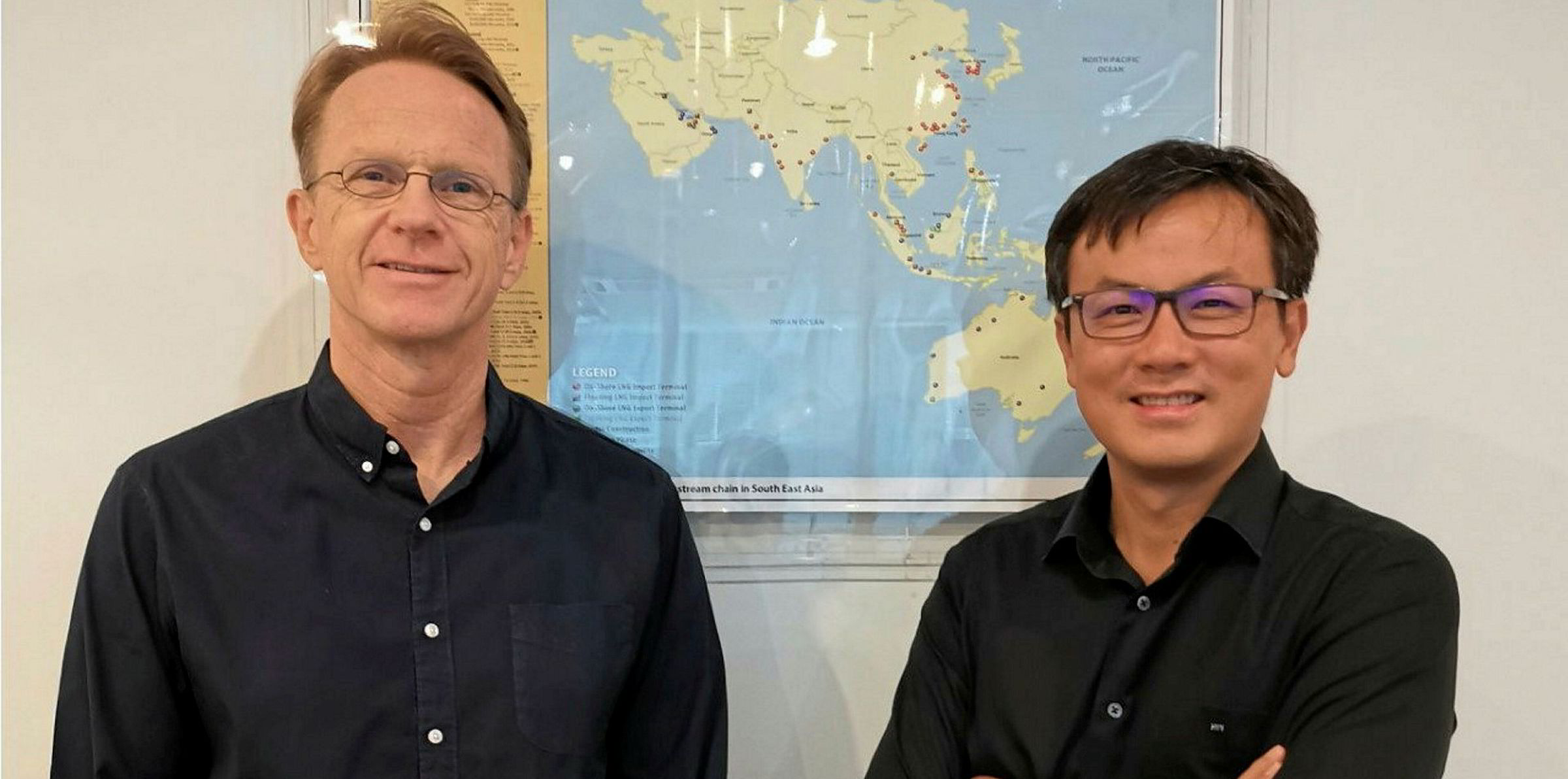
LNG Easy’s two founders, former shipbroker He and offshore specialist Hans Hvide, spent time thinking about the concept of something that was prefabricated and could be installed very quickly.
He is coy on revealing the cost of the MFP but sees it as something that can be easily replicated for other locations, particularly for shallow water sites where there is a demand from small customers who may not have access to pipeline gas.
In the longer term in Myanmar, and for new start-ups in other locations, He said LNG trucks could drive straight onto the MFP to refuel before heading out to deliver LNG to these same small consumers.
Democratising LNG
Industry observers might describe what LNG Easy is doing as small-scale LNG, but beware. He is adamant on how he sees a distinction, and he is passionate about what he believes needs to happen.
“Small-scale is between seaports. Retail is onshore,” He said. “The key for LNG in the future is the retail side on land and how to create demand outside traditional buyers. But it [LNG] has to be cheap, and it can be cheap.”
“We are talking about buying 200,000 tonnes per year over a two-year contract period,” He said.
“LNG needs to be democratised. It has to be a B-to-C business when for many it is a B-to-B business. Why can’t it be sold like LPG?”
He cites the example of China, which he said is moving 27 million tonnes per annum of LNG by truck, a figure which is expected to rise to 32 mtpa this year, and the potential to grow similar business in South East Asian countries, such as island nations including the Philippines and Indonesia, or others like Pakistan and Bangladesh, with shallow-draught coastal regions.
“There are so many shipping people that are trying to innovate, but there is nothing to innovate. The innovation is in China and the amount of LNG distributed by truck.” The key is for LNG to be distributed as other alternative fuels, He said.
Ultimately, he said LNG Easy, which operates as a 10-person outfit, wants to be the LNG seller, shipping in the product to its own facility, breaking bulk and providing the last-mile small-scale regasification and storage for the customer.
He said that where others will only bring LNG ashore if there is a buyer, the LNG Easy model is to import and sell the product from there. By keeping the capital expenditure exposure small, it will allow the company time to cultivate the market.
Small-scale shipping availability is not a barrier at present, but it will likely become so when more vessels are needed, He said. But he cautions that this should be designed to serve the retail side of the business.
LNG Easy is already discussing its concept with other potential customers. He says it has secured distribution licences in two other countries and earmarked locations for other MFPs.
The company plans to team up with a large Chinese outfit on the downstream sales and may partner with other licensees.
“There are so many customers waiting to be served by truck," He said. “We want to remove the bottlenecks to sell LNG. That’s our mission.”
This story is part of a wider Spotlight on LNG report. Read the full report in next week's print edition, or on 27 August at tradewindsnews.com.

